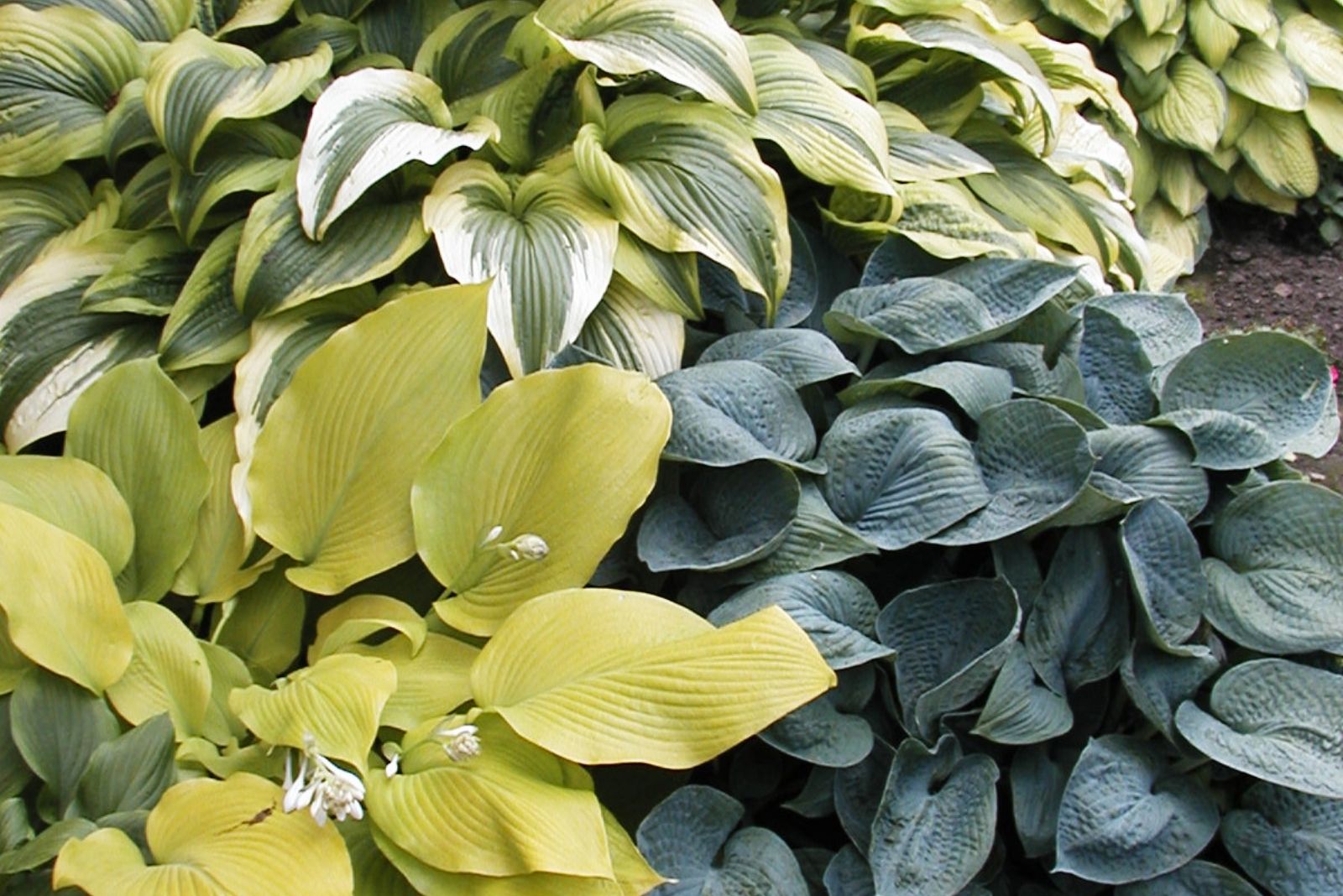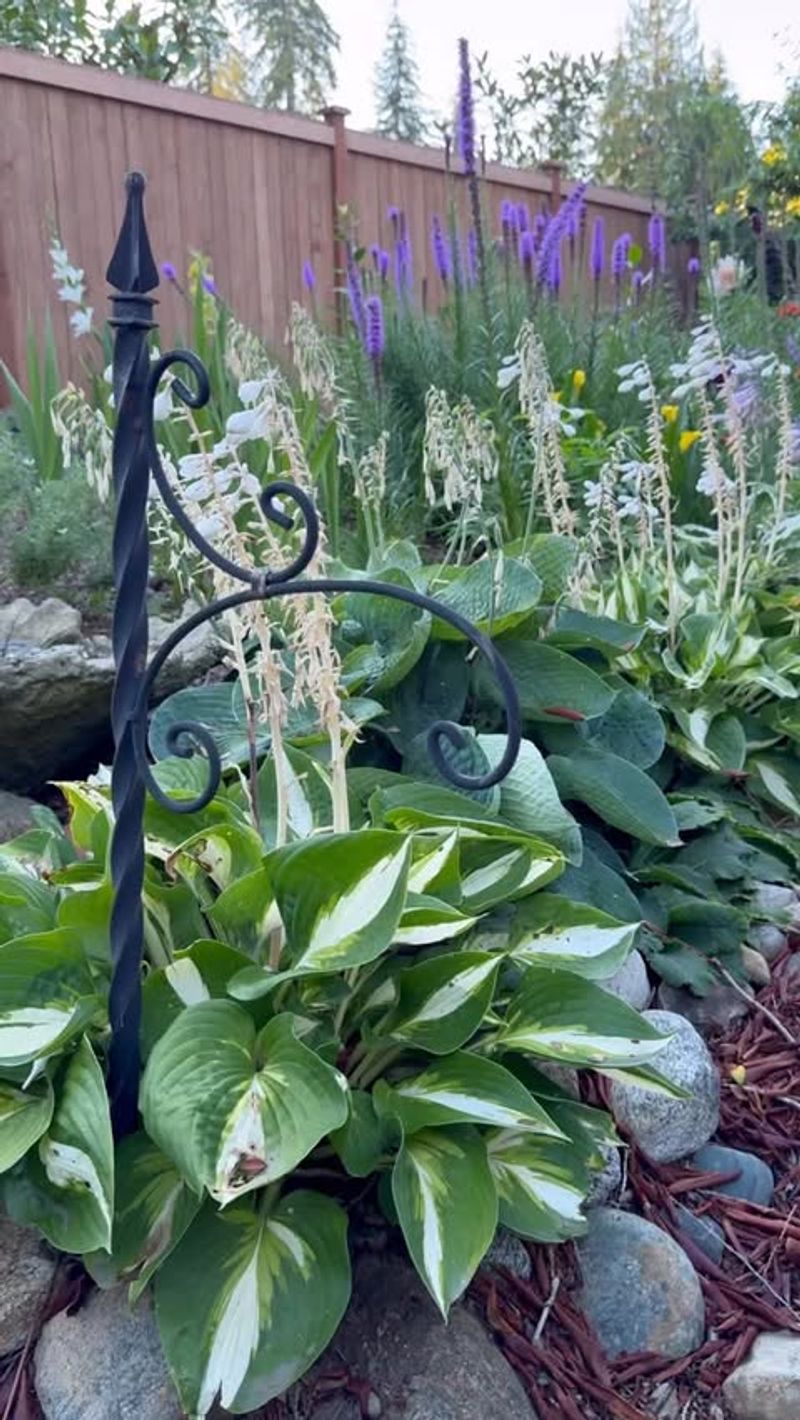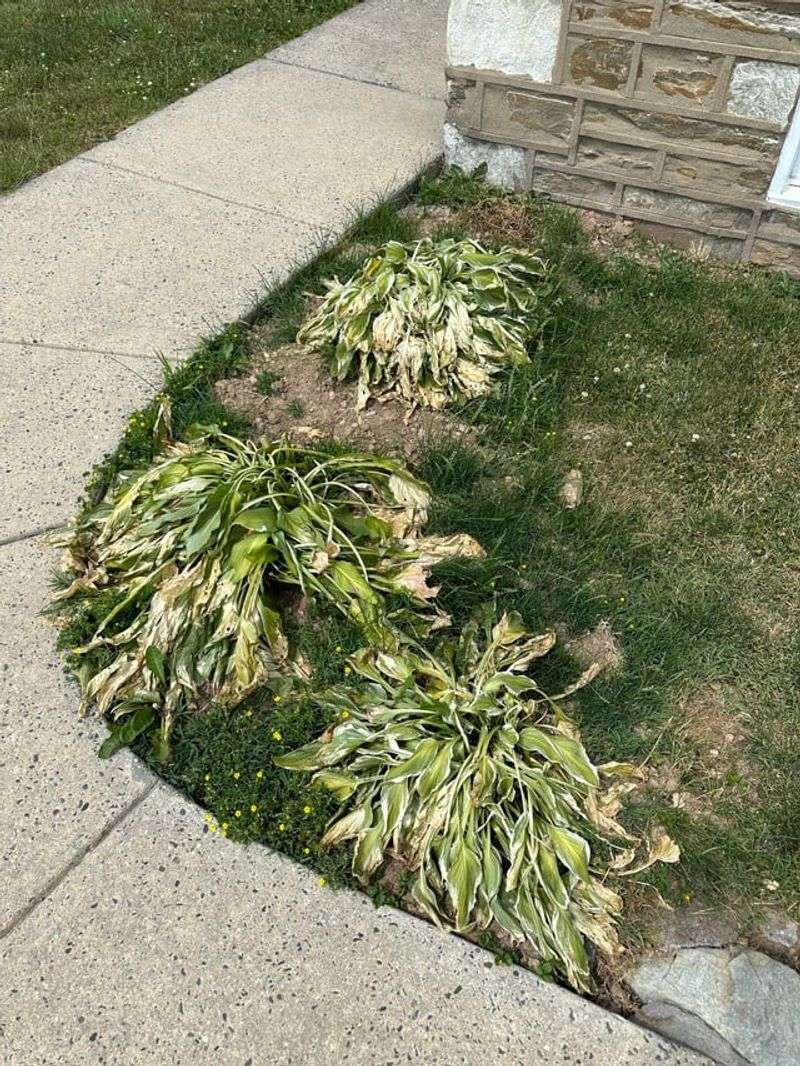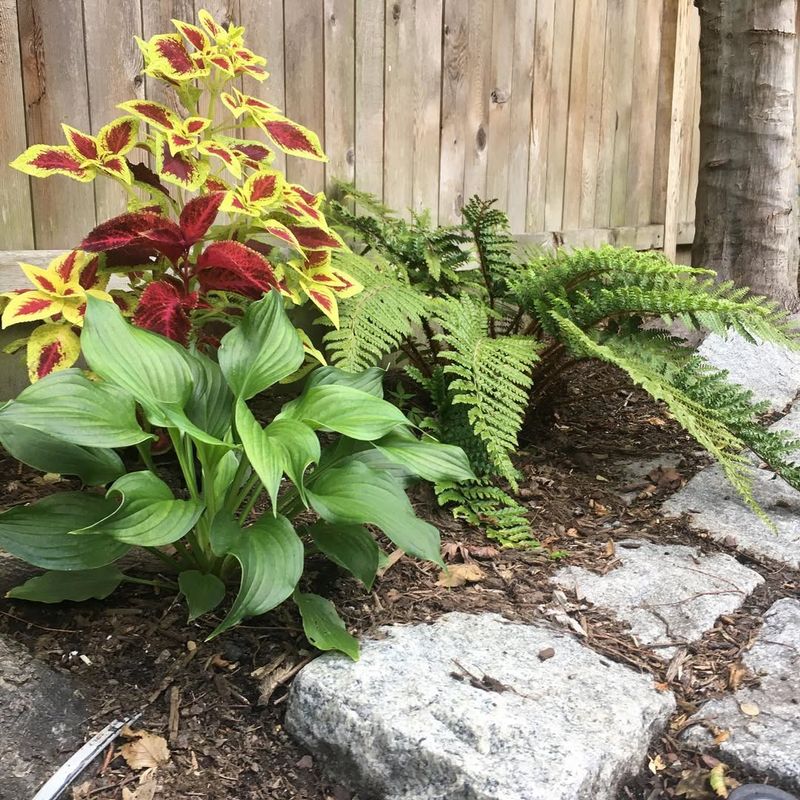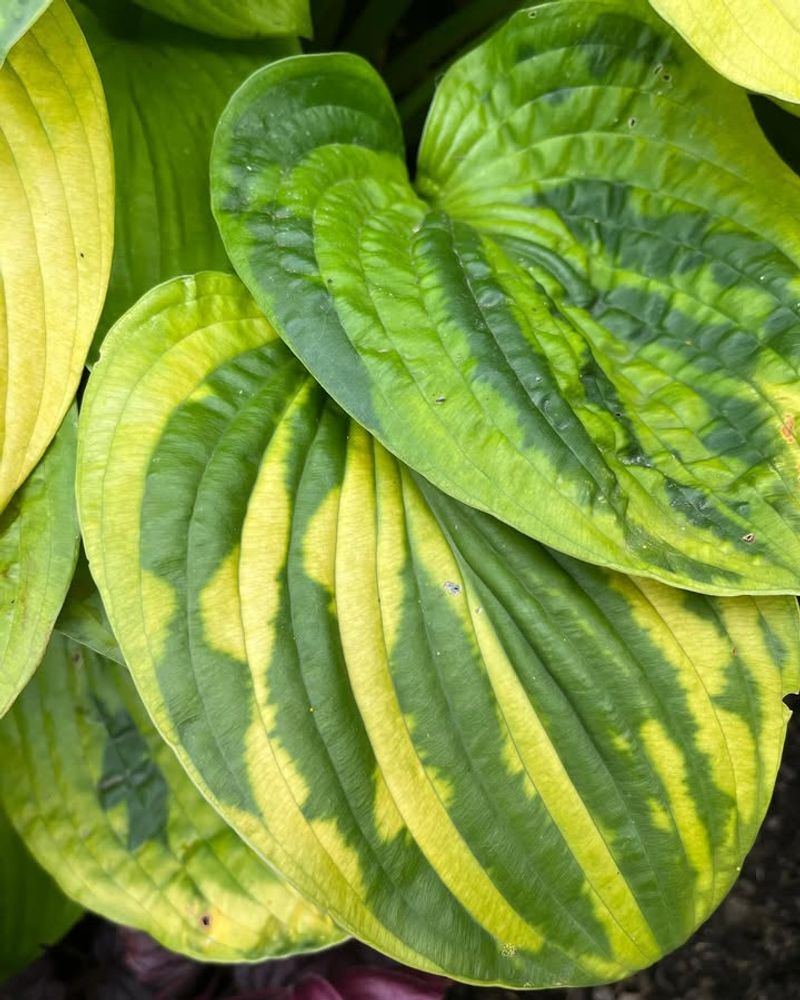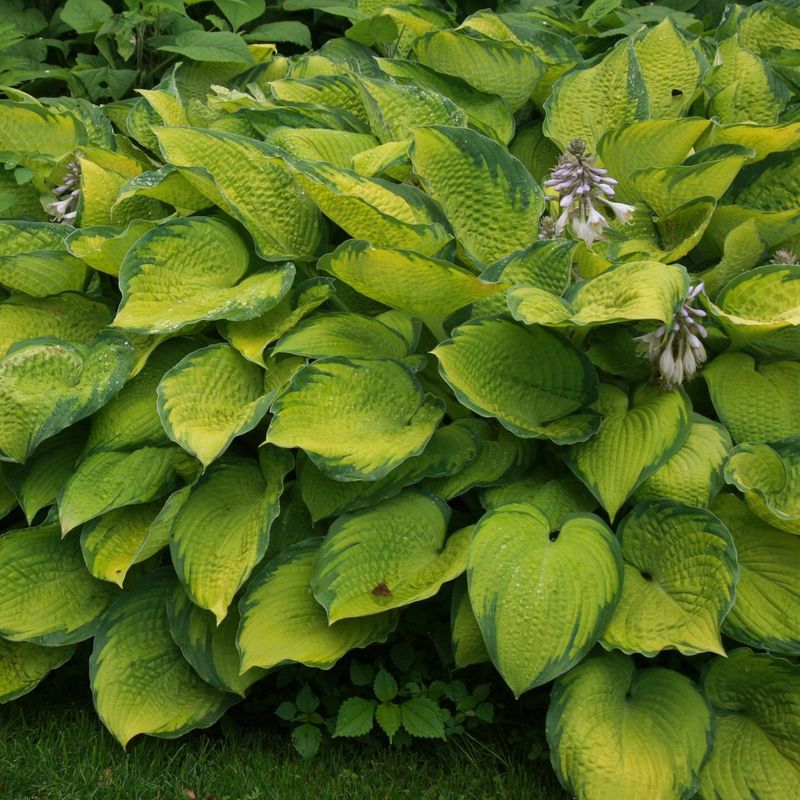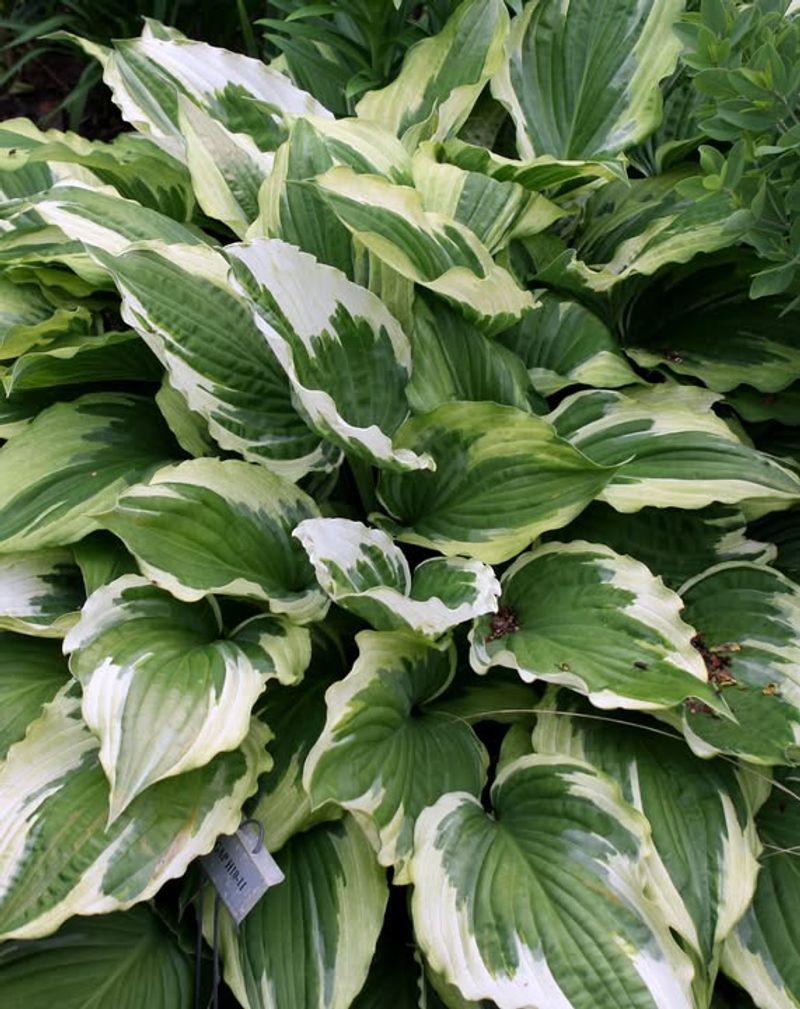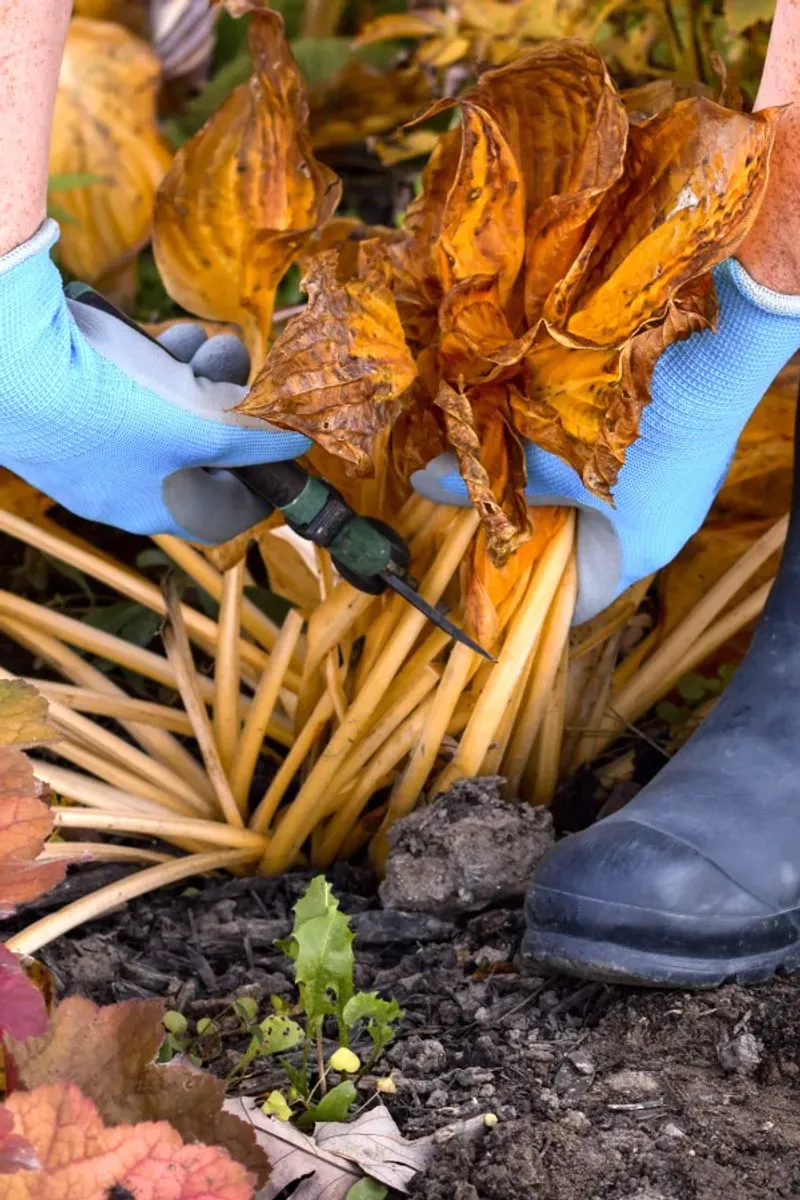Fall arrives in Wisconsin gardens with cooler nights and fading greenery, making it tempting to grab your shears and tidy everything up before winter. But hostas deserve a little more patience than most plants.
Cutting them back too early can actually weaken them and create problems you’ll regret come spring, especially in our unpredictable Midwest climate.
1. Leaves Still Feed The Roots
Even as foliage turns yellow and looks tired, it’s still working hard beneath the surface. Photosynthesis continues as long as there’s green tissue, sending energy down to the roots for winter storage.
In Wisconsin, this process often extends into October or even early November depending on when frost hits. Cutting back too soon interrupts that final energy boost, leaving plants weaker heading into dormancy.
I’ve noticed my hostas come back fuller each spring when I resist the urge to clean up early. Those extra weeks of leaf time really do make a difference.
2. Early Frost Damage Can Set Plants Back
Trimming before a hard frost exposes the crown to sudden temperature swings that can cause real damage. Frost-damaged tissue is more vulnerable to disease and rot, especially when temperatures bounce up and down like they often do here in September and early October.
Leaving the foliage intact provides a natural buffer against those early cold snaps. Once a killing frost arrives, the leaves collapse naturally and signal it’s safe to remove them.
Patience pays off here. Waiting for that first hard freeze means you’re working with the weather, not against it.
3. Foliage Helps Insulate The Crown
Your hosta’s crown sits right at soil level, vulnerable to cold and moisture fluctuations throughout winter. Dying foliage acts like a natural blanket, moderating temperature shifts and protecting that critical growing point from freeze-thaw cycles.
Here in Wisconsin, where winter can arrive suddenly after a mild fall, that extra layer of protection matters. Mulch alone doesn’t always settle in time if you’ve removed all the leaves too early.
For me, leaving the foliage until it fully collapses means the crown gets maximum protection right when it needs it most.
4. Cutting Too Soon Encourages Rot
Fresh cuts on plant stems create open wounds that invite bacteria and fungi, especially during damp fall weather. When you trim hostas while they’re still actively growing, moisture can seep into those cuts and settle around the crown.
Waiting until after a hard frost means the plant has naturally shut down, and tissues are drier and less prone to infection. The stems practically pull away on their own with minimal damage.
I learned this lesson the hard way after losing a few prized hostas to crown rot. Now I always wait for that natural senescence to finish.
5. Hostas Still Support Beneficial Insects
Late-season pollinators and beneficial insects often shelter in fading foliage as they prepare for winter. Native bees, ladybugs, and other garden helpers use these spaces for protection during cool nights and early frosts.
By leaving your hostas standing a bit longer, you’re giving these creatures extra time to find overwintering spots. It’s a small gesture that supports the overall health of your Wisconsin garden ecosystem.
Every fall, I remind myself that a slightly messy garden in October means a healthier, more balanced garden come spring. Nature appreciates the help.
6. You’ll Lose A Natural Winter Marker
Once snow covers the ground, it’s surprisingly easy to forget exactly where your hostas are planted. Those collapsed leaves act as helpful markers, preventing accidental digging or trampling during late-winter tasks.
In Wisconsin, where snow can linger well into March, having visual cues in the garden really helps with early spring planning. You’ll know where to watch for new shoots and where to avoid stepping.
I’ve accidentally damaged emerging hostas in early spring because I cleaned up too thoroughly the previous fall. Now I leave those markers in place intentionally.
7. It’s Easier To Clean Up After A Hard Frost
Attempting to cut back hostas while they’re still somewhat firm and upright is actually more work than you’d think. The stems resist, the leaves don’t pull cleanly, and you end up wrestling with stubborn foliage.
After a killing frost, everything collapses into a soft, manageable pile that practically lifts away with a gentle tug. No shears needed—just gloved hands and a few minutes per plant.
For me, waiting just a couple of extra weeks saves a lot of frustration and makes fall cleanup almost enjoyable. Working with nature’s timing is always easier.

